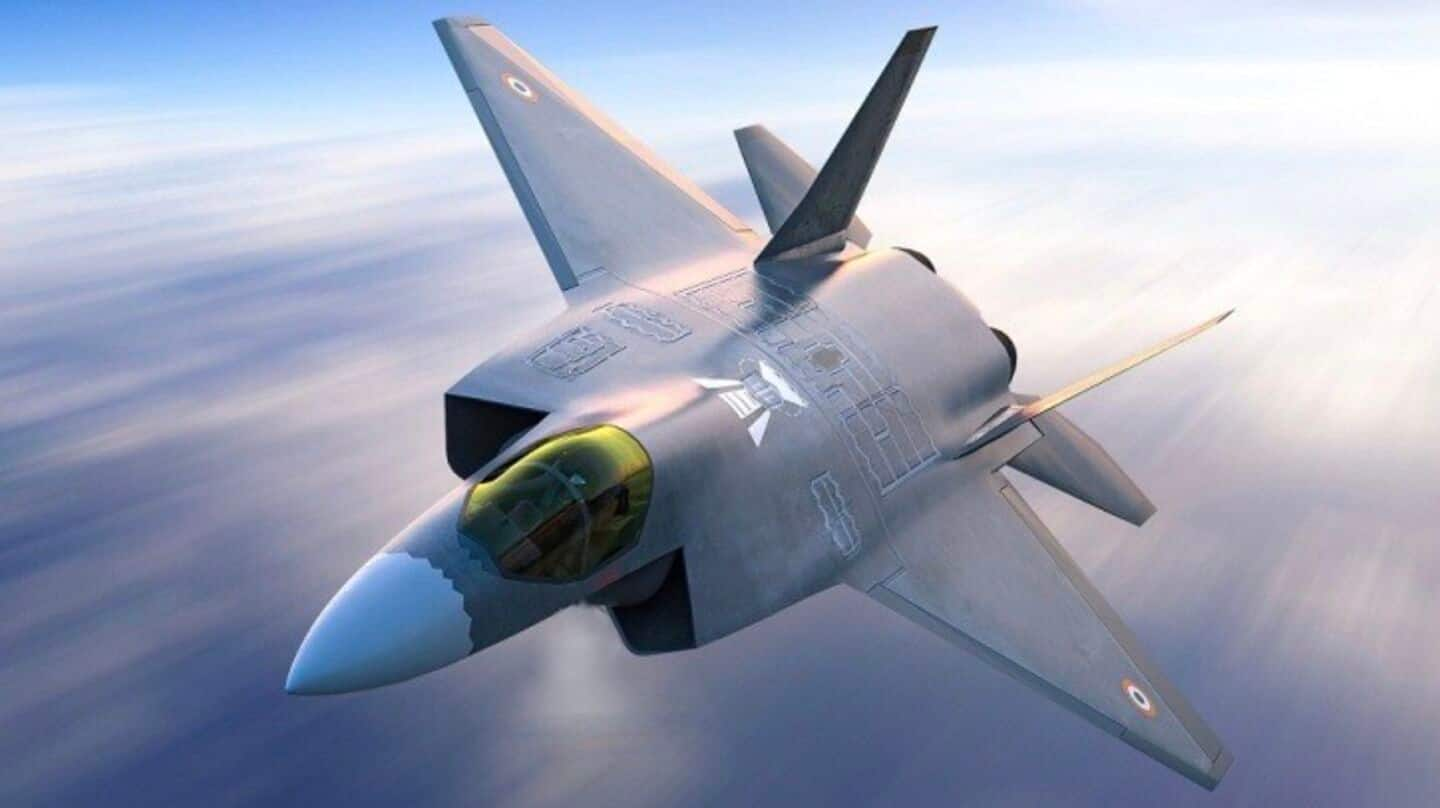
Modi government approves India's first 5th-gen fighter jet, AMCA
What's the story
Indian government has officially approved the development of the Advanced Medium Combat Aircraft (AMCA), its first indigenous fifth-generation fighter jet. The decision was confirmed by Defence Minister Rajnath Singh earlier today. The project will be led by the Aeronautical Development Agency (ADA) under the Defence Research and Development Organisation (DRDO). The Cabinet Committee on Security had given in-principle approval for this ambitious program last year.
Project details
AMCA project to boost India's defense capabilities
The AMCA project, estimated to cost around ₹15,000 crore, is a major step toward enhancing India's indigenous defense capabilities and strengthening the domestic aerospace industrial ecosystem. The ADA will soon invite expressions of interest (EoI) for the development phase of this state-of-the-art fighter jet. The execution model approved by Singh allows both public and private sectors to participate competitively in this ambitious project. At present, only the US, China, and Russia have their own fifth-generation stealth fighter jets.
Strategic impact
AMCA: A game-changer for Indian Air Force
The AMCA is expected to be a medium-weight, deep-penetration fighter jet with advanced stealth features. This will significantly enhance the air power capability of the Indian Air Force (IAF). The project comes at a time when the IAF's strength is at an all-time low, with only 29 squadrons against a sanctioned strength of 41. The approval of AMCA also happens as India faces aggressive postures from Pakistan and China.
Project timeline
AMCA's development timeline and challenges
The AMCA project is India's most technologically complex aviation program to date. The DRDO has set a deadline of 2035 to deliver the aircraft. This timeline is in line with global benchmarks for fifth-generation aircraft, which usually take over a decade from inception to deployment due to major engineering and design obstacles. The AMCA will require breakthroughs in stealth architecture, propulsion systems, electronic warfare, and integrated combat networks.
Engine development
Engine development and international collaboration
The engine, one of the most critical components of the AMCA, is likely to be developed through a joint venture with a foreign original equipment manufacturer (OEM). This strategy is expected to mitigate risks and expedite progress. Discussions with international partners are already underway. The AMCA is envisioned as a 25-ton aircraft with a length of 18m and a wingspan of 11m. It is expected to achieve a maximum speed of Mach 1.8 and operate at up to 55,000 feet.